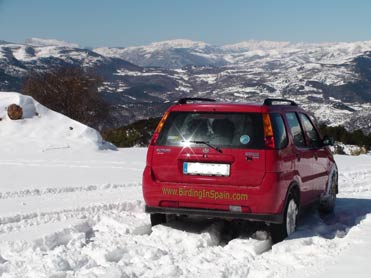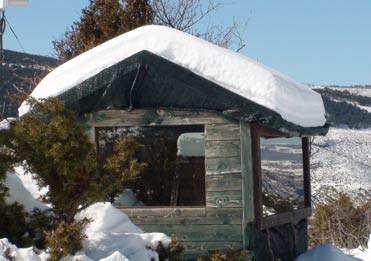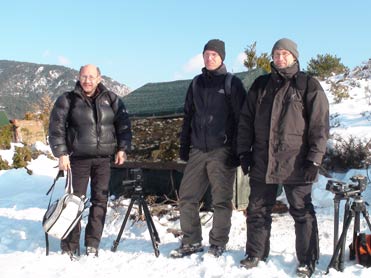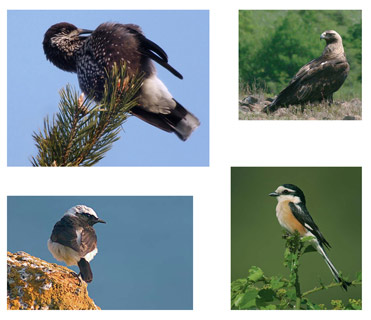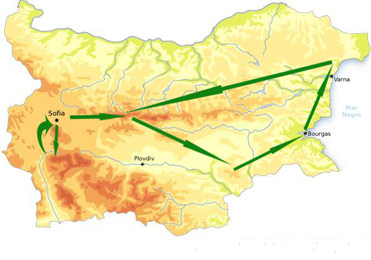The following is a series of photos taken by Dutch bird photographer Frank Dröge on Thursday 18th March at our Lammergeier feeding station and photography site in the Pre-Pyrenees of Catalonia, Spain.
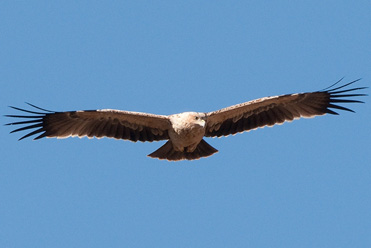
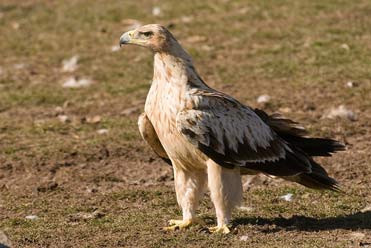
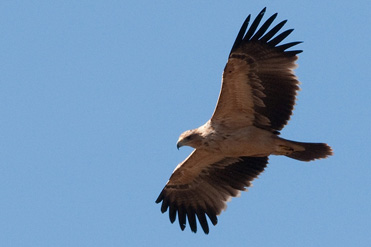
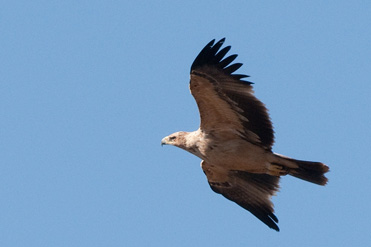
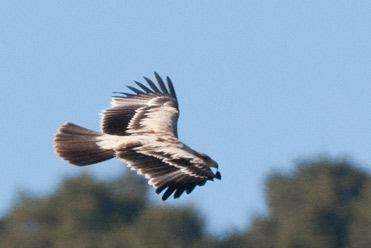
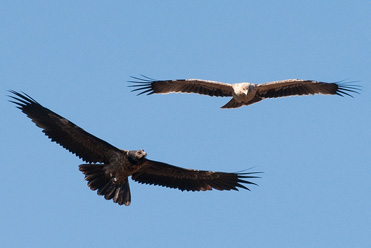
Probable juvenile Spanish Imperial Eagle Aquila adalberti. All photographs copyright of Frank Dröge.
They show what is obviously a juvenile Aquila eagle, but one which is not a Golden Eagle Aquila chrysaetos, the only Aquila eagle that could be expected in the region. The combination of the pale, milky-brown coloration, the general lack of streaking, the all dark tail, the degree of contrast on the outer and inner halves of the outer primaries and the deep, heavy bill have led us to conclude that it is a juvenile Spanish Imperial Eagle Aquila adalberti.
However, to get here we had to consider several candidates, including Eastern Imperial Eagle Aquila heliaca, the fulvescens form of the Greater Spotted Eagle Aquila clanga, and even the Tawny Eagle Aquila rapax.
The main obstacle to 100% confidence in Spanish Imperial Eagle is the pale coloration, much paler than the few juveniles that Frank and I have seen between us. Could this be due to wear or bleaching?
We would be glad to hear any comments that can shed light on this matter.

